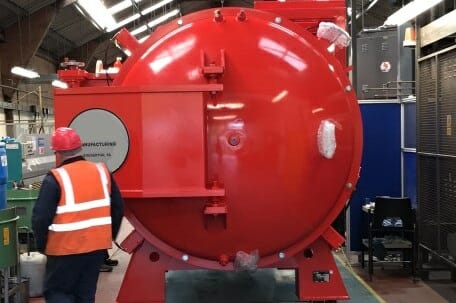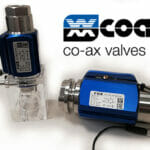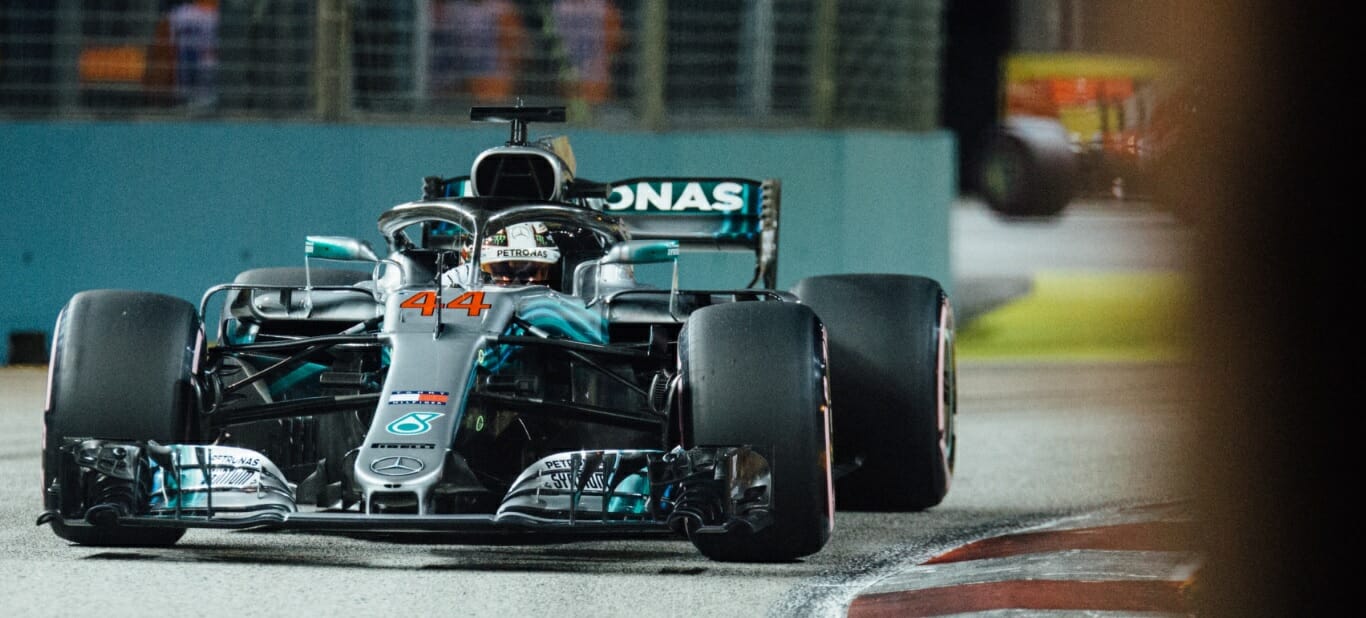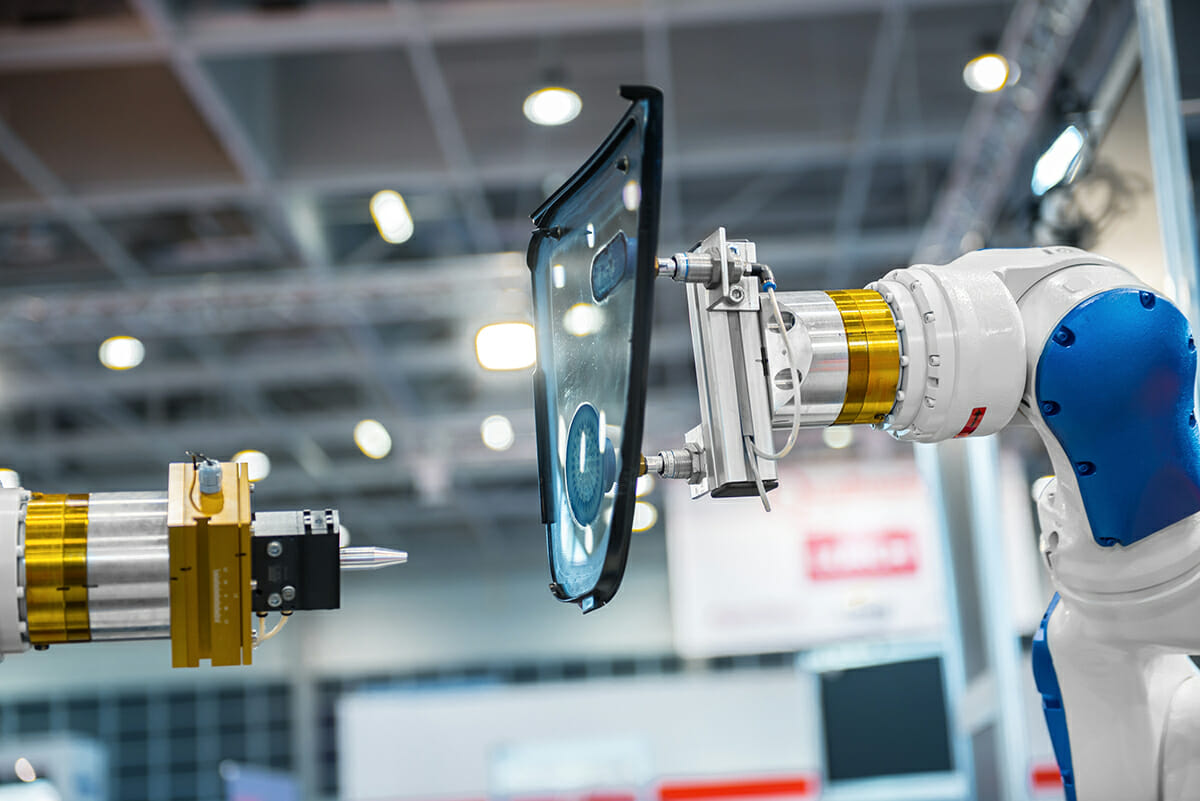One of the most important design questions is whether the source field is internal or external, and which field is most economical and practical to shield. Internal interference is created by designed-in components located within a circuit, system, enclosure, piece of equipment or room. External interference or the H-field source is created by unwanted nearby fields radiating from power lines, circuits, electrical enclosures, transformers, electro-magnetic machinery and the earth’s magnetism. Secondly, should the source of interference or the sensitive device be shielded? The answer to this question depends on several factors. Shielding the source may involve stronger fields, and therefore thicker materials. All interference sources must be shielded, or the sensitive device will still be affected. The usual approach is to shield the sensitive device. This prevents interference from both present and future sources. A hands-on approach to solving a shielding problem can be accomplished with the use of a lab kit, testing, and prototyping.
Material selection will depend on the strength of the unwanted field (Ho) and the amount of field attenuation required. MuMETAL® is the preferred solution because of its reliable performance for reducing low-frequency electromagnetic interference (EMI) between the range of 30 Hz to 300 Hz. Available as stress annealed (partially annealed for ease of machinability) sheet stock, it is used for fabricated shields such as enclosures, cylinders, cans, channels or 3-D boxes. Complex cylindrical shaped shields are the most efficient for redirecting and reducing magnetic fields.
Magnetic shielding alloys have sensitivity to mechanical shock – bending, forming, even severe flexing may give some reduction in the alloy’s magnetic permeability. But modern, vacuum-refined alloys have a lower sensitivity to shock, and normally withstand regular handling without significant loss of properties. Another consideration is cutting the alloy without affecting the alloy properties and degrading the performance. Cutting by shearing, EDM, waterjet, photo-chemical etching, or blanking dies typically only affects that portion of the alloy immediately adjacent to the edge, and the shield will exhibit normal shielding performance. If the alloy had already received its final magnetic anneal, re-annealing should not be necessary.
Typically, hydrogen atmospherically controlled heat treatment process called perfection annealing or final annealing is required after stamping, machining, bending, rolling, severe forming or welding, and is crucial in relieving material stress and developing the alloy’s maximum shielding performance. Handle annealed magnetic shields carefully to avoid severe deformation which causes reduced attenuation. The perfection annealed fabricated shields and parts are then tested at our in-house quality control lab to certify that the demanding specifications are met.
Magnetic shielding applications may occur at a high vacuum. Co-NETIC® AA alloy is specifically formulated for maximum magnetic shielding properties and has some physical properties similar to stainless steel. Out-gassing is minimal and cleaning for high vacuum applications can follow the same procedures used for stainless steel.
Co-NETIC® and NETIC® magnetic shielding alloys have a positive coefficient of permeability with respect to temperature. This is a quick way of saying that the permeability increases as temperature increases. The Curie temperatures are between 850°F (454°C) and 840°F (449°C) for Co-NETIC®, NETIC® and MuMETAL®. At operating temperatures above the Curie temperature, the shield will not provide any attenuation of the magnetic field. Roll-off of permeability begins as operating temperature nears (within 25°F) the Curie temperature listed, so a safety factor for allowable operating temperature should be used.
Temporary temperature excursions above curie temperature do not degrade the alloys. Shielding function is restored when the temperature again falls below Curie point.
High permeability MuMETAL® and Co-NETIC® alloys have an optimal temperature range in which the permeability peaks. Permeability starts to drop below -40°C, making it unsuitable in low temperature applications. Cryo-NETIC® sheet, our proprietary cryogenic nickel-iron soft magnetic alloy is ideal for shielding magnetic fields at extremely low temperatures down to 4 Kelvin (liquid helium).
Located in the USA Chicago metro area, Magnetic Shield Corporation has been a leader in the custom shielding fabrication market, manufacturer, and supplier for over 75 years; providing expertise and engineering consulting on thousands of projects, applications and shielding designs.
For more information regarding our proprietary shielding alloys and forms available, wiring and cable shielding, Zero Gauss Chambers, and modular MuROOM® view our websites here www.magnetic-shield.com, or www.mu-metal.com.








